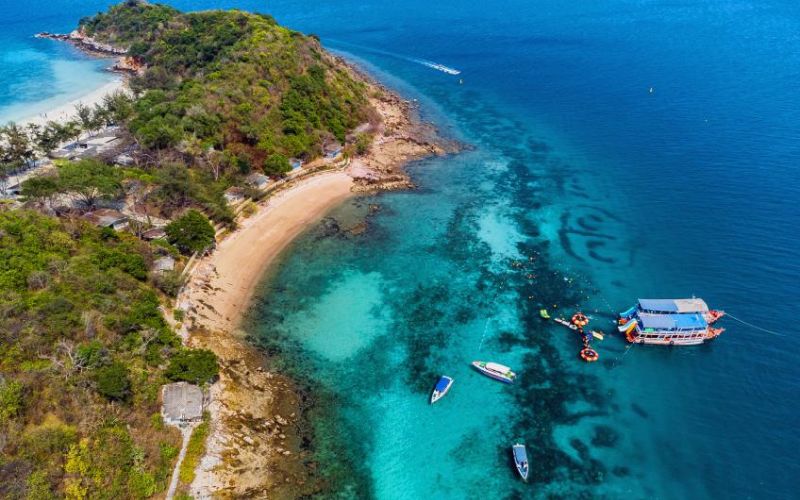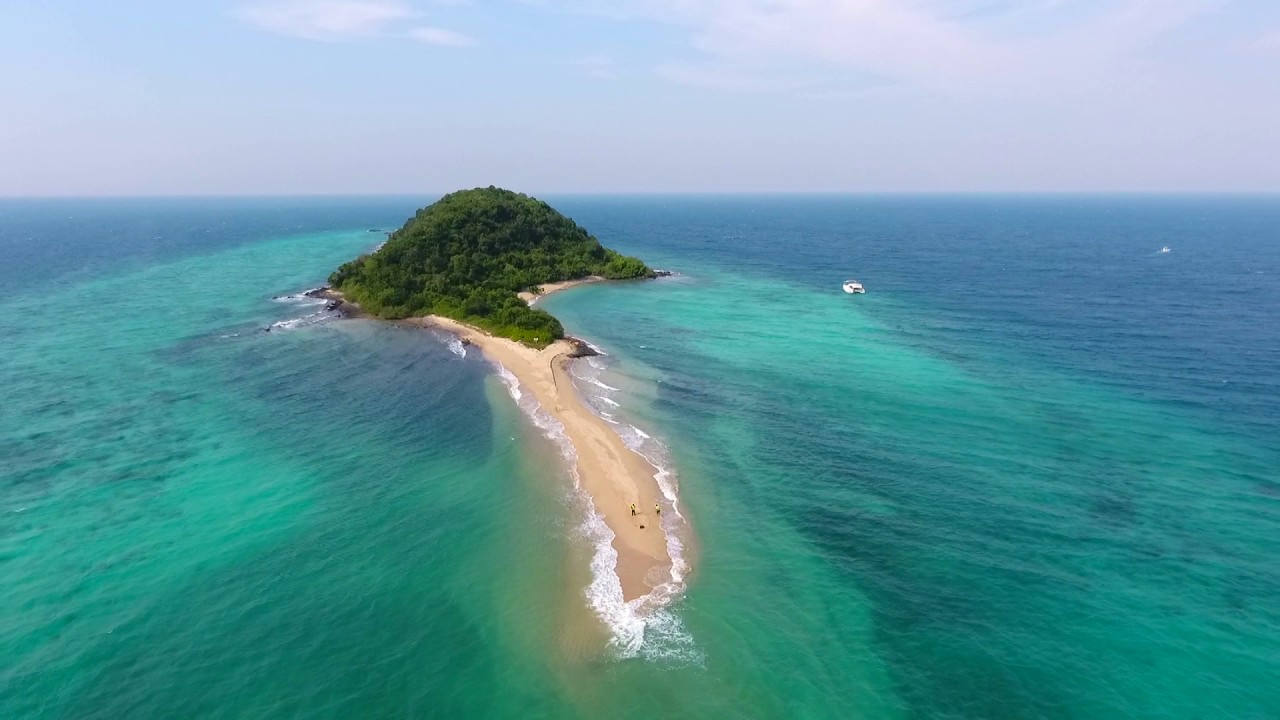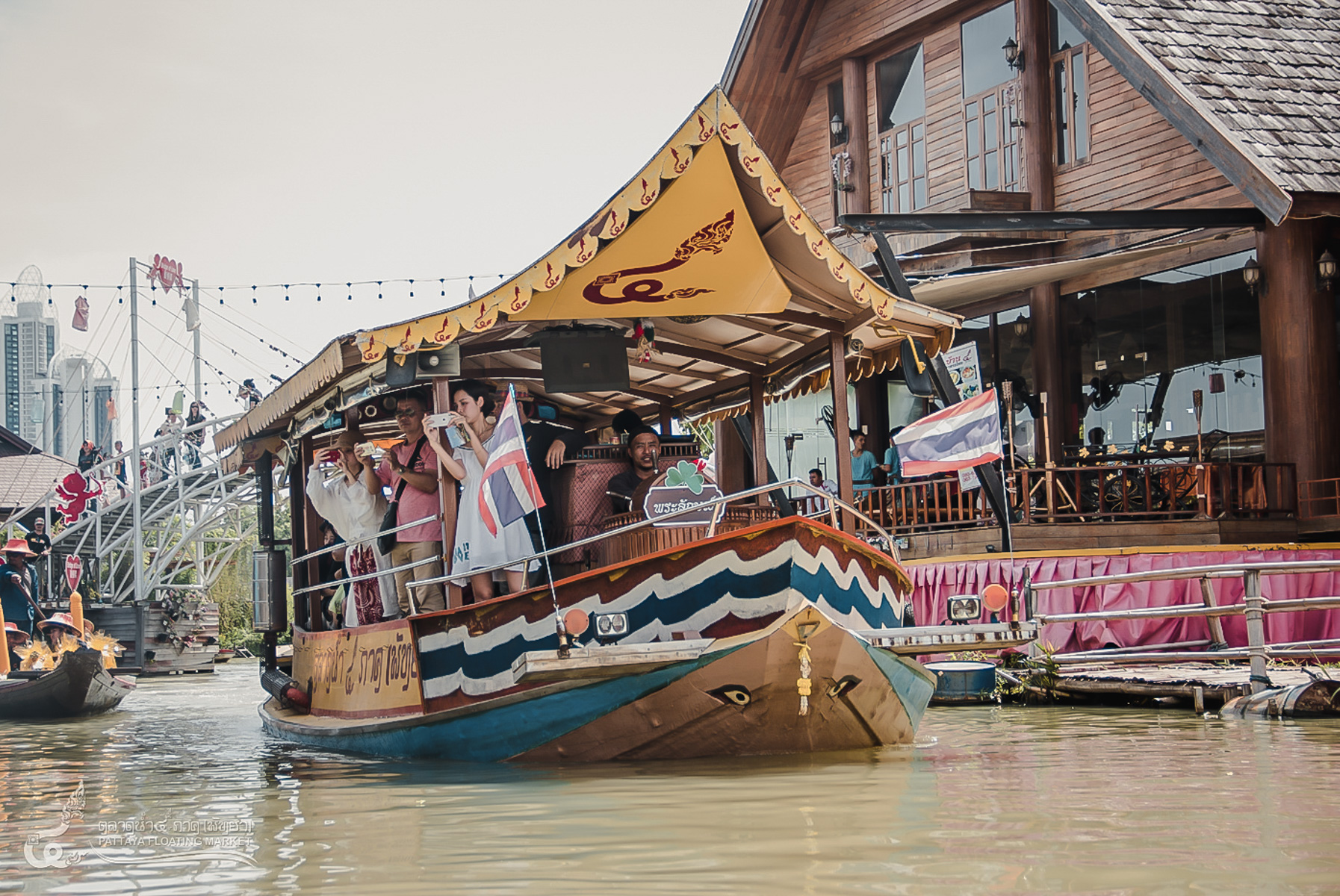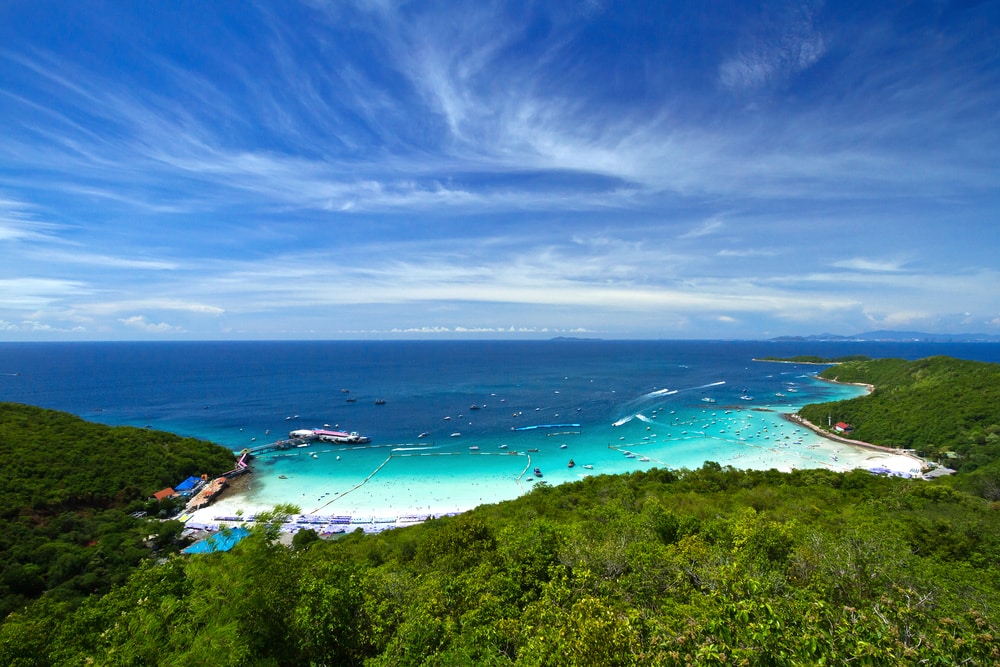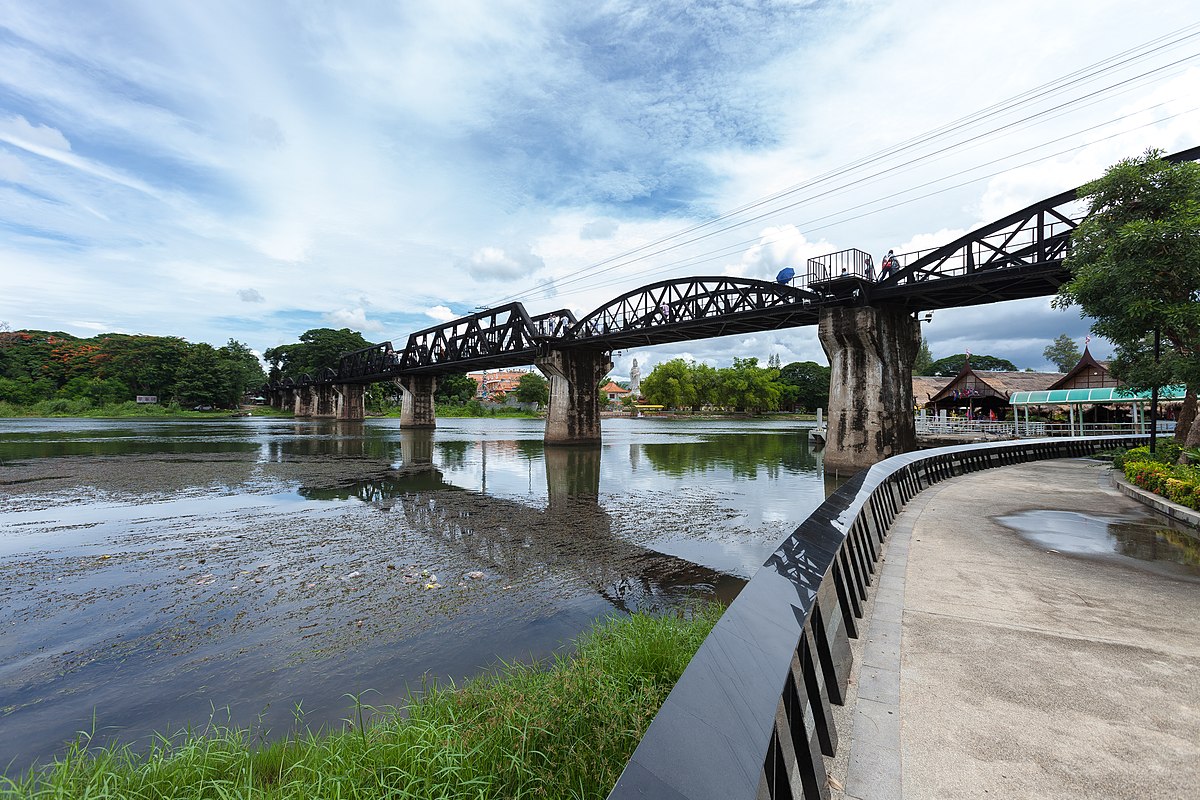Sanamchandra Palace is a picturesque royal residence constructed in 1907 by King Rama VI. It showcases a blend of French, English, and Southeast Asian architectural styles, set amidst the lush natural landscape of Nakhon Pathom. The palace complex spans approximately 355 acres and includes several notable buildings and monuments, reflecting the king’s vision and personal taste.
Sanamchandra Palace
Sanamchandra Palace Location
Sanamchandra Palace is located in Nakhon Pathom, roughly 2 kilometers west of the renowned Phra Pathom Chedi, Sanamchandra Palace is a historical gem. The area is steeped in history, with Nakhon Pathom being one of Thailand’s oldest cities and a significant archaeological site. The palace itself is a testament to the area’s royal heritage and serves as a tranquil escape from the bustling city life, offering visitors a glimpse into the past through its well-preserved structures and serene gardens.
- Opening Hours: Daily 9:00 am – 4:00 pm, except on Mondays.
- Entrance Fee: Adult: 50b Kid (13 and under): 25b
How to Get to Sanamchandra Palace From Bangkok
- By Train: Take the BTS Skytrain from Asoke to Victory Monument Station, then transfer to a bus or taxi to the Southern Bus Terminal (Sai Tai Mai). From there, you can catch a train operated by the State Railway of Thailand that goes directly to Nakhon Pathom. The train journey takes approximately 1 hour and 9 minutes, and tickets range from ฿45 to ฿950.
- By Bus: Alternatively, from the Southern Bus Terminal, you can take a bus to Nakhon Pathom Bus Station. The bus journey may take around 2 hours depending on traffic conditions. Once at Nakhon Pathom, Sanamchandra Palace is a short taxi ride away.
- By Taxi: For a more direct route, you can take a taxi from Asoke directly to Sanamchandra Palace. This option is faster but also more expensive.
History of SanamChandra Palace
Origins and Purpose
Before ascending the throne, Crown Prince Vajiravudh visited Nakhon Pathom to pay homage to Phra Pathommachedi. Captivated by the area’s strategic location, he decided to build a palace here. In 1907, he acquired around 335 acres of land near Noen Prasart Hill (เนินปราสาท), believed to be the site of an ancient palace. The construction of Sanam Chandra Palace began in 1902, during the reign of King Chulalongkorn (Rama V), and was completed in 1911. Vajiravudh named it after a nearby natural pool called “Sa Nam Chand” (สระน้ำจันทร์), meaning “Moon Pond.” The palace served as both a retreat and a stronghold during national crises
Chaleemongkolasana Residence
One of the palace’s remarkable buildings is the Chaleemongkolasana Residence. Designed in the style of a European castle, it combines elements of French Renaissance and English architecture. The walls feature a soft yellow hue, while the red-tiled roof houses a study room and bedrooms with attached bathrooms. This residence was meticulously adapted for Thailand’s tropical climate, making it both functional and aesthetically pleasing
Role During Crises
Vajiravudh envisioned Sanam Chandra Palace not only as a royal retreat but also as a strategic stronghold. Here, he conducted training sessions for the Wild Tigers Corps, a paramilitary troop. The palace played a crucial role during times of national emergency, reflecting the king’s foresight and commitment to safeguarding the kingdom
Silpakorn University Campus
In 1965, Silpakorn University, renowned for its art and archaeology programs, sought to expand its facilities. The university and the Thai cabinet approved using Sanam Chandra Palace as the new campus. Given that Vajiravudh himself was an archaeologist and artist, the historical significance of the palace aligned perfectly with the university’s mission. Additionally, the palace grounds house a Ganesh Shrine, symbolizing art and creativity. Nakhon Pathom’s archaeological importance, particularly related to the Dvaravati period, further justified this transformation
Preservation and Restoration
Recognizing its historical value, the Department of Fine Arts registered Sanam Chandra Palace as a historical site in 1981. However, after Vajiravudh’s reign, the palace underwent changes. Some halls were dismantled and moved to the National Museum in Bangkok for preservation. Despite these transformations, the palace remains a testament to Thai architectural heritage and the visionary leadership of King Vajiravudh
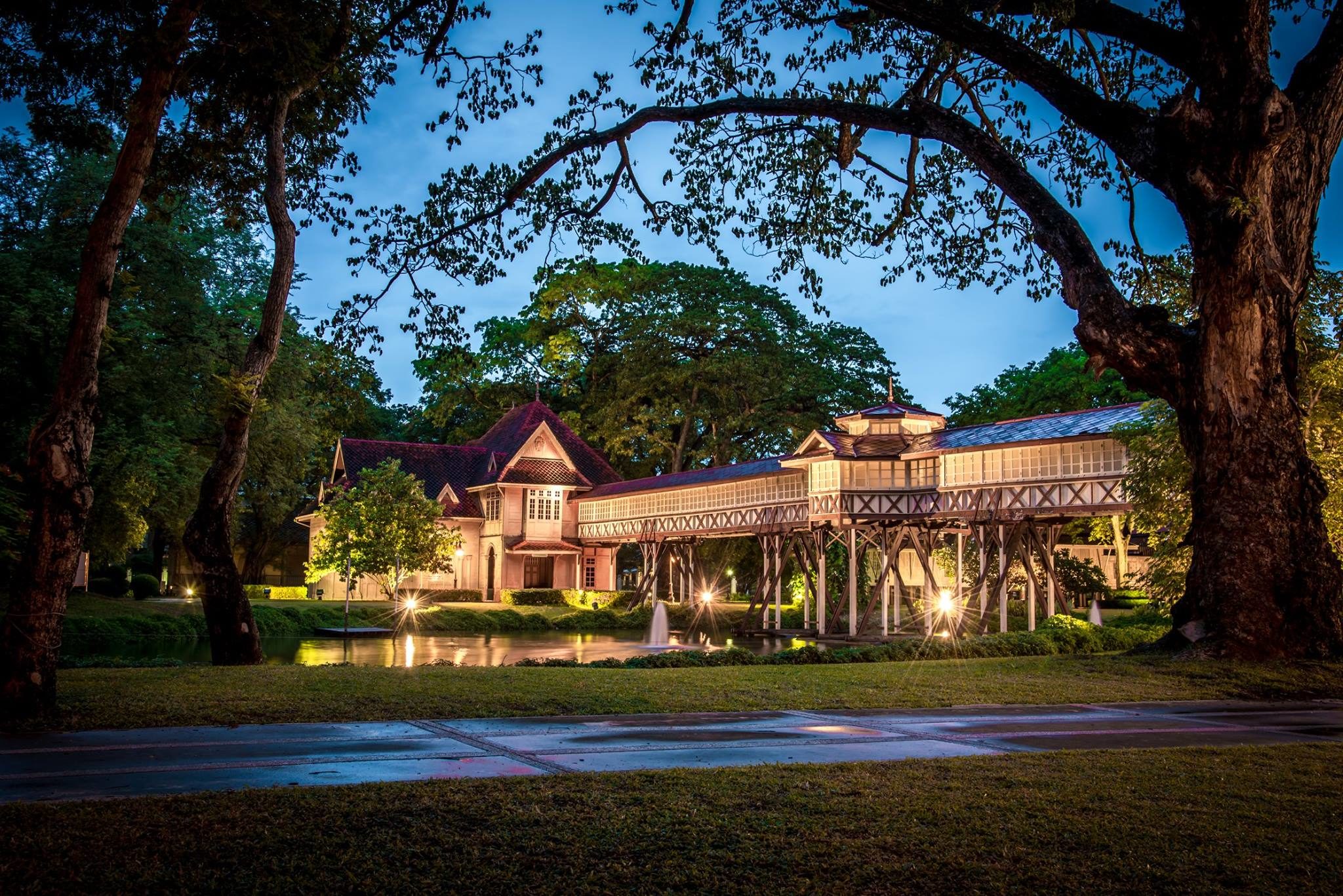
Main attractions of Sanamchandra Palace
Chaleemongkolasana Residence
The European-Style Castle: The Chaleemongkolasana Residence stands out as an architectural marvel. Resembling a European castle, it combines elements of French Renaissance and English design. Its soft yellow walls and red-tiled roof create a picturesque setting. Inside, you’ll find a study room and bedrooms with attached bathrooms. The fusion of European aesthetics with Thai functionality makes this residence truly unique.
Phra Thinang Wehart Chamrun
The Teakwood Beauty: Phra Thinang Wehart Chamrun, also known as the Teakwood Mansion, showcases exquisite craftsmanship. Built entirely from teakwood, this mansion features intricate carvings, delicate lattice work, and elegant columns. It served as a private residence for King Vajiravudh and reflects his appreciation for traditional Thai artistry.
The Ganesh Shrine
Symbol of Creativity: Within the palace grounds, you’ll discover the Ganesh Shrine. Dedicated to Lord Ganesha, the elephant-headed deity, this shrine symbolizes creativity, wisdom, and art. As Vajiravudh himself was an artist and archaeologist, the presence of this shrine underscores the palace’s connection to artistic expression and intellectual pursuits.
The Moon Pond (Sa Nam Chand)
Tranquility Amidst History: The Moon Pond, after which the palace is named, adds a serene touch to the surroundings. Surrounded by lush greenery, this natural pool invites contemplation. Legend has it that the moon’s reflection on its surface inspired King Vajiravudh to choose the name “Sanam Chandra.” Visitors can enjoy peaceful moments by the water’s edge.
The Wild Tigers Corps Training Grounds
Historical Significance: Sanam Chandra Palace served as a training ground for the Wild Tigers Corps, a paramilitary unit established by King Vajiravudh. The king’s foresight in using the palace for both leisure and strategic purposes underscores its historical importance. The training sessions held here contributed to national security during critical times.


